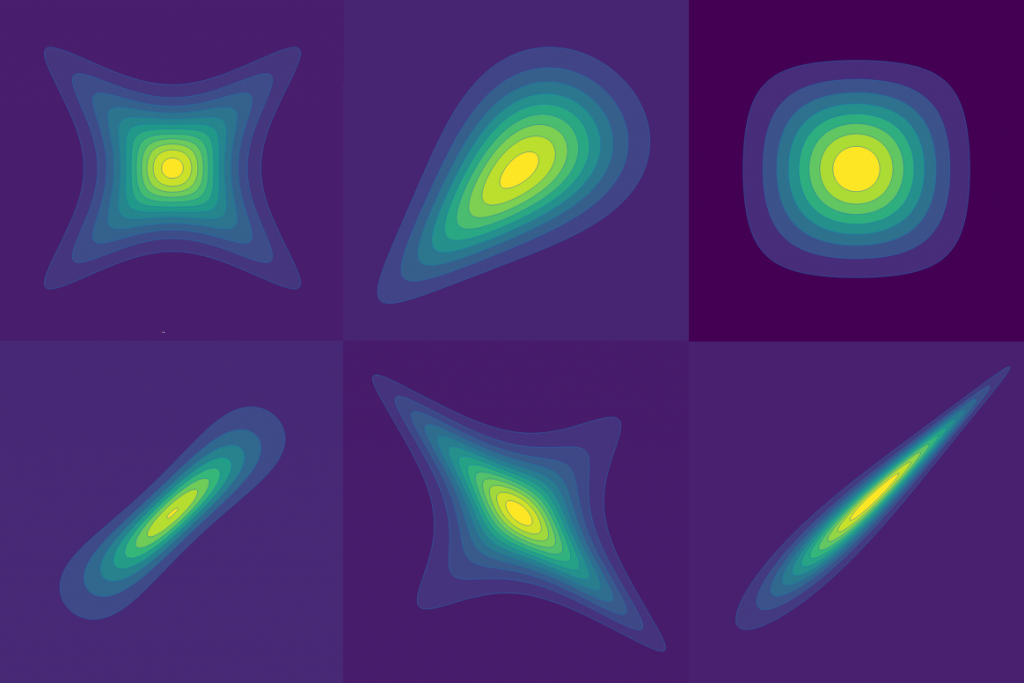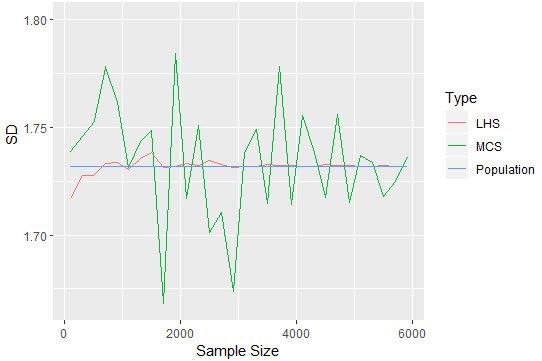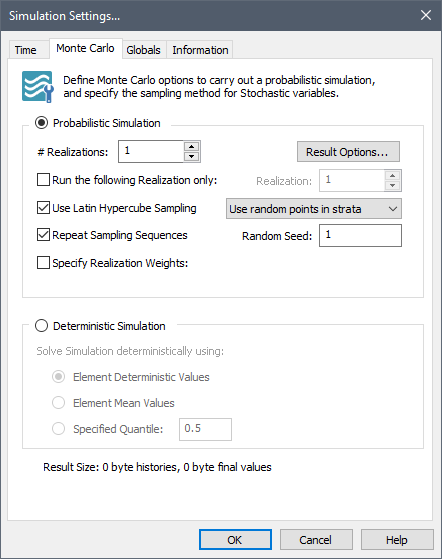

Sobol's method ( Sobol, 1990) is a global sensitivity analysis method based on variance decomposition, which was proposed by I.M. Ke Fang, Ming Yang, in Model Engineering for Simulation, 2019 5.2 Sobol's Method With constructed distribution in hand, one can further apply the hypercube sample method to generate the final samples. These statistical parameters can then further be used to construct a distribution function, for instance, the normal distribution. The next step is to reduce the number of sampling by calculating the mean, the variance, and the standard deviation of the generated sample.

Assume that the uncertain parameter is β and it ranges within, then the first step in this method consists of generating the sampling via the Monte Carlo sampling within. We propose a methodology that combines both the Monte Carlo simulation and the Latin hypercube sampling as follows. However, this Monte Carlo simulation still presents some worth. Monte Carlo hypercube sampling method It was demonstrated that the hypercube sample method was more efficient and less time consuming than the Monte Carlo simulation.

Since both methods have limitations and strengths, we propose a new approach that combines both methods the new approach will be called Monte Carlo Hypercube Sampling Method (MCHSM). ) as a step function, one achieves the empirical distribution function of h at the point c. If g ( h ) = H i, one obtains the rth sample moment. If g ( h ) = h, that is, if h is a fixed point for g, then T represents an estimator of. ) is an arbitrary known function and H i = q ( x i ). Let h denote an objective function given by


 0 kommentar(er)
0 kommentar(er)
